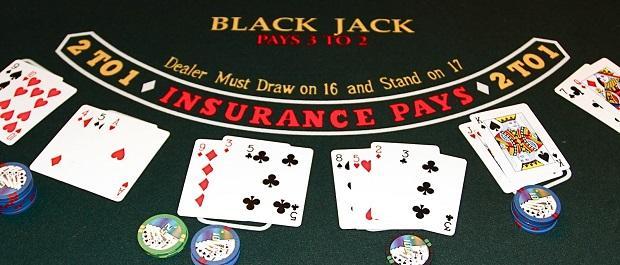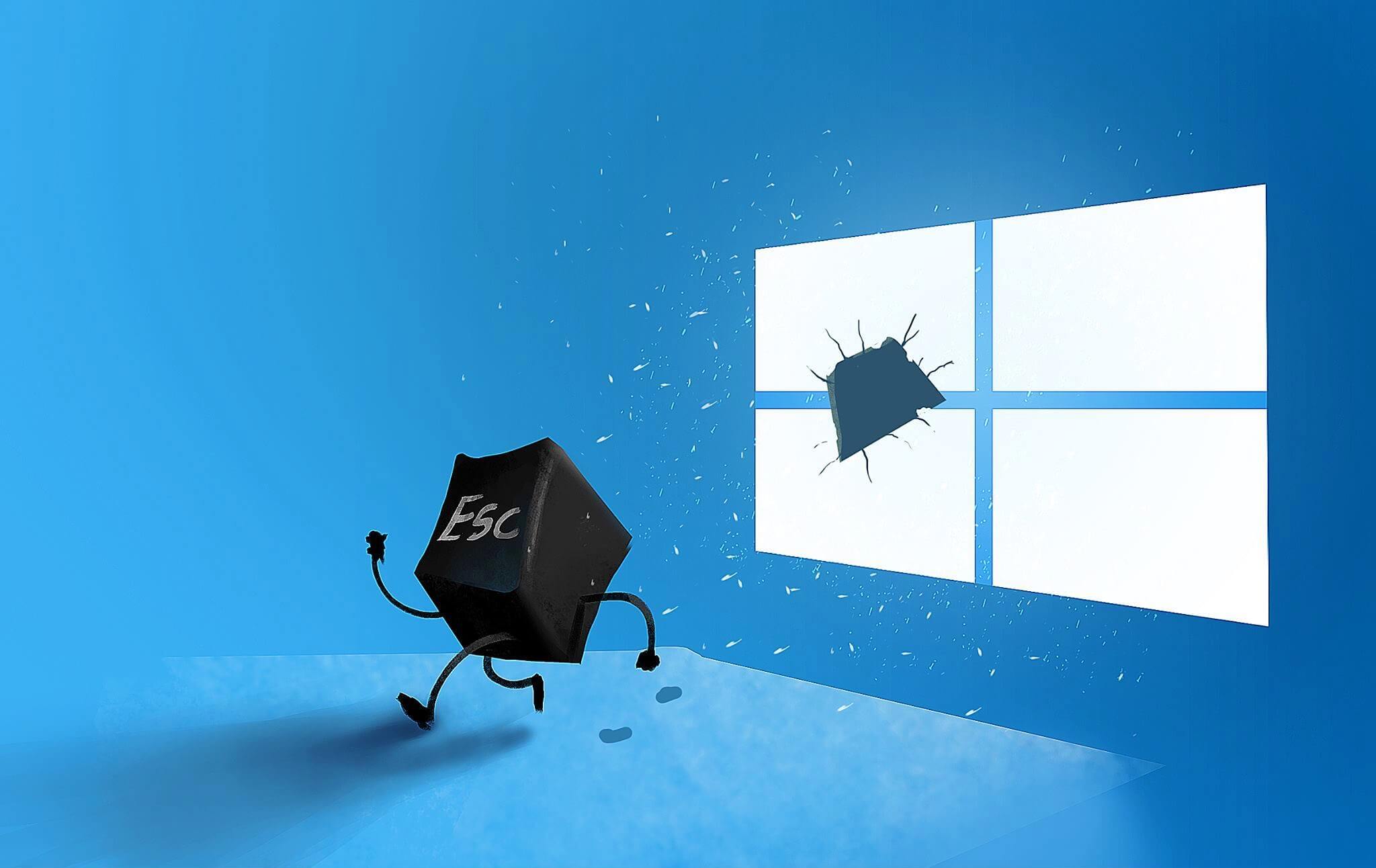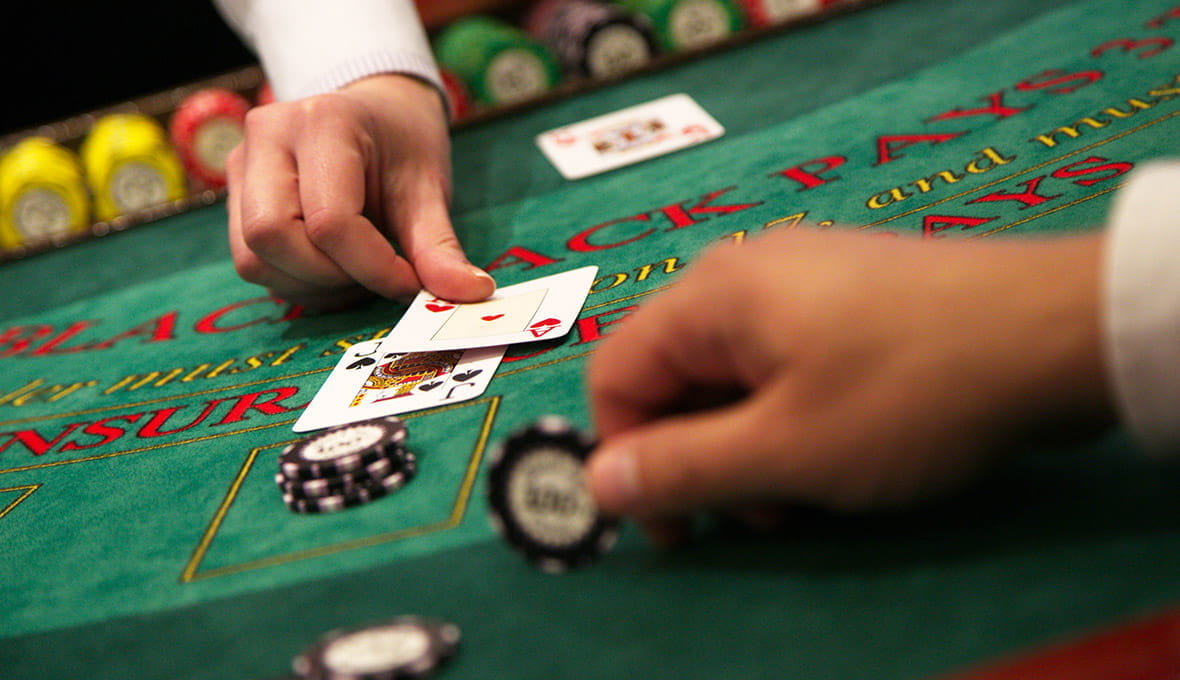- Blackjack is one of the most popular casino games you can find at any casino. The game has millions of fans around the world, partly thanks to the simple yet rewarding gameplay. Many a casino player has a successful story about playing Blackjack, and the game has a lot of potentials to pay out well if you know what you’re doing. A big reason for Blackjack’s popularity is thanks to the.
- One of the things about blackjack strategy is that it is not based on assumptions but comes with mathematical proof. Basic Blackjack Strategy. The first step towards learning to play blackjack and winning is to learn basic blackjack strategy. Basic strategy helps in another big way: it could help bring the house edge down to 0.5% or even lower!
- When it comes to the game of blackjack, it isn’t difficult, but it isn’t easy, either, so knowing these useful tips for blackjack online can give you a real winning edge! By using your strategy, relying on the intuition and using these tips and tricks you are bound to be one of the outstanding players at the table.
- Tips And Tricks To Win Blackjack Card Game
- Tips And Tricks To Win Blackjack Real Money
- Tips And Tricks To Win Blackjack Slot Machines
16 Valued Blackjack Tips from Experienced BJ Players. To supplement your knowledge of the basic blackjack strategies, you also need to know helpful blackjack tips. These blackjack tips enumerated below are generally useful, and they are also pieces of advice from blackjack players who are already experts of the game.
Want to know how to boost your blackjack strategy? You’ll want to use this technique to win big at your next game. In this article, we’ll teach you how to play winning Blackjack.
Blackjack Tips

Whether you’re a fan of the casino game or online blackjack is more your thing, sooner or later, you’ll come across a technique called “Basic Strategy”.
So, what is it? Essentially, this blackjack betting strategy tells you exactly how to play every possible hand you could be dealt in a game of blackjack. Mastering this strategy means that you’ll know when to hit or stand, or whether to split, double down or surrender in all your blackjack games.
The strategy originated from early computer models and is applied using computer simulations and maths.
What it gives you is the statistically accurate answer for every single hand, although it’s important to understand that there are no half measures to using this strategy.
If you want to use it and rely on it to help you win, you have to commit to learning it all.
It’s also important that you appreciate Blackjack Basic Strategy does not mean that whenever you play blackjack, you’ll win every hand. What it does help you with is:
- Making more money in the long run e.g. by knowing when to split or double down when you do have the advantage; and
- Losing less overall when you are dealt a negative expectation hand.
Tips And Tricks To Win Blackjack Card Game
Learning this trick for playing blackjack means that the casino’s advantage is down to less than 1%. But to win at Blackjack, you’re going to have to learn the Basic Strategy technique perfectly as well as how to count cards (legally). Card counters always know whether they or the casino have the edge.
To learn Basic Blackjack Strategy, you will first need to download one of the many strategy charts you can find on the internet, put together by other blackjack players, to help you memorize how to play each hand.
Take note that you need to make sure you’re using a chart that included the most common rules at the blackjack tables today – not one from 15 or 20 years ago!
Secondly, if you want to memorize the chart quickly, there are numerous videos also available on the internet, teaching fast ways to learn the technique.
Thirdly, to be able to understand the chart, there’s some basic and fundamental terminology you’re going to need to know:
Top Online Blackjack Casinos
$1000
+ 200 Free Spins
* New customers only. 100% match bonus based on first deposit of $30+. 10x wagering deposit bonus to make the bonus balance withdrawable. Winnings from free spins subject to 1x wagering requirement. T&Cs apply. 21+
$1000
+ $25 No Deposit Bonus
* New customers only. 100% match bonus based on first deposit of $10+. 20x wagering deposit bonus to make the bonus balance withdrawable. T&Cs apply. 21+

$250
Deposit Bonus
* New customers only. 100% match bonus based on first deposit of $10+. 1x wagering bonus to make the bonus balance withdrawable. T&Cs apply. 21+
Double Down in Blackjack
What Does Double Down Mean in Blackjack?
The term “double down” means you can opt to double the amount of your initial bet in return for drawing one card only. Depending on the casino you’re playing at, there’s likely to be limitations and restrictions in place as to when precisely you’re allowed to double down. The reason for this is because when you do double down, the house advantage is reduced.
When to Double Down in Blackjack
Now, assuming the rules of the casino you’re betting at permit it, a good tip is to make sure that whenever you have an 11 in your hand, you double down – unless the dealer’s got an Ace. Another good time to double down is whenever your hand totals 10 e.g. 5/5, 6/4, 7/3, but this time, not if the dealer has an Ace or a 10. Similarly, double down if your hand totals 9 and the dealer isn’t showing a 6, 5, 4 or 3.
There are other variations, of course, depending on the rules and nuances of the casino you’re playing at or even the type of blackjack game you’re playing. But if the game is calling for you to double down, it’s a good sign that you’re probably going to win that hand! For exactly that reason, you want to make certain that you’ve considered it as an option before moving on.
Blackjack Insurance

What is Insurance in Blackjack?
Eventually, you’ll find yourself in a situation when the dealer offers you the chance to make a side bet – also known as an insurance bet (including the “even money” bet). These types of bets occur when the dealer’s upcard is an Ace.
How Does Insurance Work in Blackjack?
The way the insurance bet works is that if you take the dealer up on their offer, you’ll be given your original bet back should they land a blackjack. To take out the insurance bet, you’ll have to layout an extra amount totalling half (or less) of your original bet. With this type of bet, essentially, you’re betting against the dealer hitting blackjack. So, if they don’t hit blackjack, you will lose the insurance bet and the game continues with the original bet still to play for.
Should You Take Insurance in Blackjack?
Most blackjack players will recommend that you never take the insurance bet because, most of the time, it’s considered to be a bad bet. Why is this? Well, back to basic math again. The odds that the dealer will hit blackjack when their card is an Ace are 9:4, and basic math tells us that, more frequently than not, this means this bet will be lost.
When to take insurance in Blackjack
However, there are a few specific occasions when taking the insurance bet is wise; this is one example of where knowing how to count cards accurately is going to give you the edge.
Before you’ll be able to take advantage of being offered an insurance bet, you need to ensure that you have a good understanding of tracking card ratios which, when all is said and done, is the basis of card counting. It’s no accident that the majority of the most popular systems for card counting come with a breakpoint factored in when the insurance bet becomes the more appealing option.
Taking insurance occasionally won’t do too much harm to your game overall, but generally, you might want to avoid it, especially if you can’t or don’t count cards.
Splitting Blackjack
What is Splitting in Blackjack?
The option of “splitting” in blackjack only becomes available if your first two cards are a pair or you have two 10-value cards, such as a King and a Jack.
When you’re dealt such a hand, you can choose to split the cards into two new and separate hands which you continue betting on by placing a further bet on each hand that equals the initial bet. Play then continues, as usual, across all hands.
Why split in Blackjack?
Now, just because you have a good pair doesn’t mean you should automatically split them. But you should always consider it because, when done properly, splitting allows you to lower the house advantage.
When to split in Blackjack?
You should always split a pair of Aces because 11 is a fantastic starting point in blackjack, even if you can only draw one further card on each.
In the long run, another good pair to always split is a pair of 8s. Although, many players don’t realize it’s better to play two hands each with a starting 8 than play one hand of 16. If you find yourself with a pair of 5s or 10s though, these pairs should never be split.
Multiple deck games and a single deck game will also call for different splitting strategies. Unfortunately, most players fail to utilize this potential opportunity to lower the casino’s advantage because they adopt the same strategy in every game they play – they either never split pairs or they always do, or worse still, they do so on a whim! That kind of strategy is never going to pay off in the long run. Start with the basic pair splitting rules and then specialize in the rules and decks for specific games to gain the most benefit from this often-misunderstood feature.

When to Hit
Once you’ve worked through all the above options, as well as whether it might be best to simply cut your losses and surrender the game. You should start to think about whether you should hit or stand.
In layman’s terms, “hit” simply means you ask the dealer for another card.
“Stand” means that you don’t take another card and your turn ends.
When to hit and stand
You should hit when you believe that being dealt an additional card would improve your score, edging you closer to 21, which is the object of the game. However, you don’t want to go over this, so the time to stand is when you believe your hand already holds a higher score than that of the dealer, so you don’t need another card.
As long as the cards in your hand do not exceed 21, you can choose to hit or stand. If the hand totals more than 21 then this is a “bust” and you lose the bet.
Oftentimes, when new to the game of blackjack, many a player stands on soft 17. This is because they think this is a good hand to hold, but the general rule is that you shouldn’t ever stand between soft 13 and soft 17. If you have a hand like that, you need to double down with a good doubling strategy or hit instead. Remember, you’re aiming to get a hard 17 or a soft 18 to 21.
One exception to this is when you have a soft 18 but the dealer is showing a strong 9/10/Ace upcard. In that kind of scenario, there’s a slight advantage to you if you hit on soft 18.
Tips And Tricks To Win Blackjack Real Money
Blackjack Strategy FAQ
Can you split face cards?
Some game variants do allow face cards to be treated as pairs, even when they’re non-matching face cards. This is because all face cards are worth the same value, which is 10. As such, in many casinos, if you get any combination of a Ten/Jack/Queen/King, you could choose to split them.
However, stricter house/game rules require that the cards be an exact match, so you’d have to have a King and a King, for example, in order to split.

Can you split twice?
Tips And Tricks To Win Blackjack Slot Machines
As with pretty much anything else, you can if the casino and game rules say you can. Some will allow re-splits up to a maximum of 3 times per original hand (although some offer even more than this). Others only permit one split per original hand.